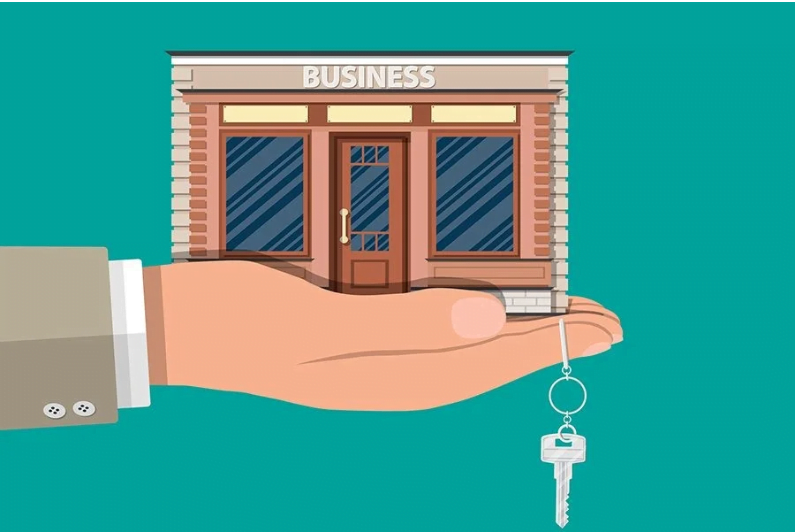Leasing commercial property is a crucial step for any business owner. It requires careful consideration to ensure that you secure the best deal. Therefore, understanding the steps in leasing can serve as essential guidance for attracting both investors and tenants. Although the process can seem complex, the following eight steps will guide potential lessees through the critical stages of the lease process.
Step 1: Know and Determine Your Needs
Before anything else, it’s essential to define your specific needs and wants for the commercial property. By knowing these details, you can narrow your search and focus on spaces that will suit your business. Three primary factors will help you make informed decisions: location, rent budget, and the type of space required.
Location is key because it impacts the viability and value of your business space. You should consider customer access, competition in the area, and nearby businesses that could offer synergy.
Rent budget is another important factor. Monthly rent depends on several variables, such as the lease rate per square foot, utility costs, tenant improvements, and any annual rent increases outlined in the lease agreement.
Type of space is determined by the nature of your business. Commercial properties are typically categorized as industrial, office, or retail spaces. Therefore, it’s important to familiarize yourself with these types before starting your search.
Step 2: Run Your Numbers
Next, you should assess the costs associated with leasing a commercial property. This step requires you to calculate the overhead expenses and ensure that your business can handle the financial obligations. Moreover, it’s advisable to involve a broker who can provide detailed insights on leasing costs. Being realistic about your business’s financial health is crucial to avoiding costly mistakes.
Step 3: Tour Potential Sites
After setting your requirements, your broker will prequalify properties for you. They will gather as many options as possible to match your needs. Once you have the list, it’s time to tour the sites. Ideally, visit all of them on the same day to make accurate comparisons. While on-site, it’s important to remain reserved to maintain leverage during negotiations.
Step 4: Weigh Your Options
After touring the properties, it’s time to evaluate your options. Take into account several factors, such as the location’s accessibility, the surrounding competition, and the overall environment. Since you’re not choosing a home but a business space, these considerations will directly affect your success. While one property may perfectly meet your needs, it’s essential to consider the broader impact on your business.
Step 5: Create a Letter of Intent (LOI)
Once you’ve chosen the property that fits your criteria, your next step is to draft a Letter of Intent (LOI). Your commercial real estate broker can create this document on your behalf. The LOI is a formal statement indicating your interest in leasing the property, along with your proposed terms. Although the LOI is not legally binding, it sets the foundation for the lease negotiations that will follow.
Step 6: Begin Lease Negotiations
With the LOI submitted, it’s time to start negotiating the lease terms. Lease negotiations typically cover several key factors, including:
- Length of the lease
- Lease rates
- Concessions (e.g., discounts or incentives)
- Rent increases
- Renewal options
Depending on the complexity of the lease, negotiations can last anywhere from days to months. In addition, the property owner will want to verify your financial credibility, so be prepared to provide financial statements and other relevant documents.
Step 7: Identify the Target Date for Occupancy
Next, you need to establish a target date for occupying the space. This date might change depending on the extent of tenant improvements required. These improvements can range from simple tasks like painting to more complex renovations, such as building walls. Once the improvements are complete and the Certificate of Occupancy is issued, you can officially move in.
Step 8: Move In
After completing the lease agreement and any necessary build-outs, you’re ready to move into the space. However, keep in mind that your responsibilities don’t end there. It’s important to follow the terms of the lease throughout its duration. Failing to do so could result in eviction or penalties, so always stay compliant with the agreement.
By following these eight steps, you can navigate the complex process of leasing commercial real estate more efficiently. Using a broker, planning carefully, and staying informed will help you secure the best property for your business.
Even after outlining all the information above, deciding whether to go for a 1031 Exchange or a Cash Refinancing can still seem daunting. That’s why the LeveragedCRE Investment Team at Commercial Properties, Inc. is here to help you achieve your business and investment goals. Contact us at (480) 330-8897 or send us an email at request@leveragedcre.com.
Need assistance with your 1031 Exchange or DST? We’ve got you covered!
We’ve prepared a comprehensive, free e-book designed to guide you in achieving your long-term business goals or acquiring that dream property you’ve been eyeing.
Meet The LeveragedCRE Investment Team
Phill Tomlinson and Eric Butler are seasoned commercial real estate brokers with over 44 years of combined experience. They lead the LeveragedCRE Investment Team at Commercial Properties, Inc. (CPI) in Scottsdale, Arizona, specializing in investment sales and tenant/landlord representation across the Phoenix and Scottsdale submarkets.
The team leverages their extensive knowledge and expertise to help investors and property owners maximize their returns and navigate complex real estate transactions with confidence.
Stay informed with the latest in Commercial Real Estate strategies designed to enhance your income property investment results by bookmarking www.leveragedcre.com. Let us help you stay ahead in the market!


